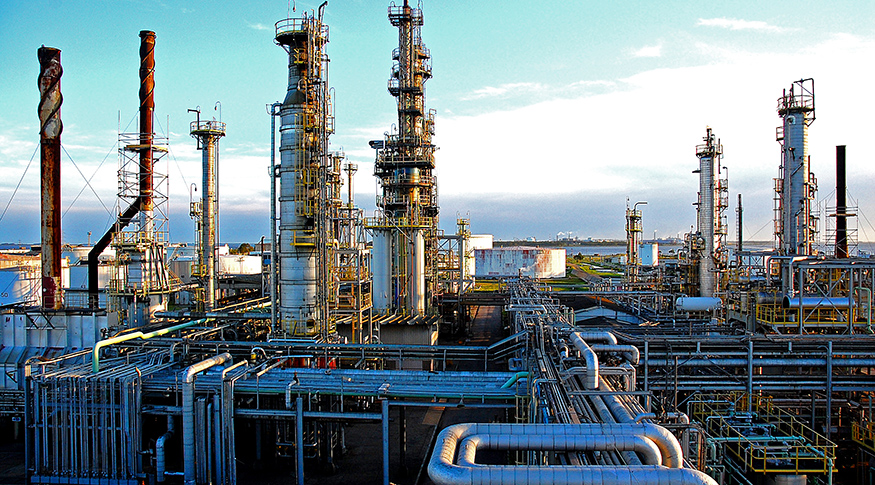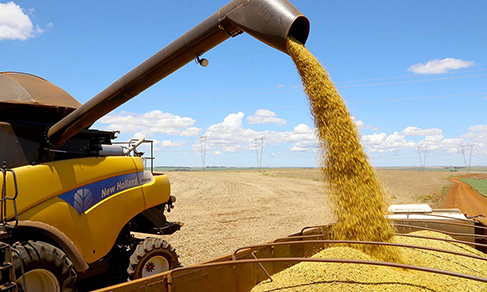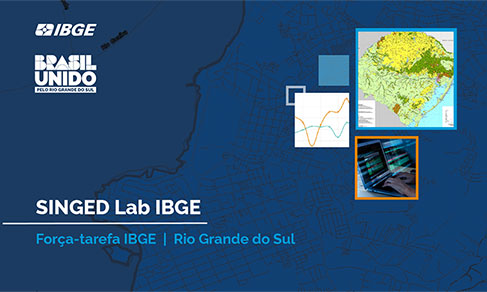National industry
National industry grows by 1.1% in September, second consecutive positive result
November 01, 2024 03h02 PM | Last Updated: November 05, 2024 04h48 PM

Industrial production in Brazil advanced 1.1% from August to September. The increase in pace takes place after a positive change of 0.2% observed a month ago. Against September 2023, industry increased by 3.4% in production. In the year, there was an increase of 3.1% and, in 12 months, an increase of 2.6%. With these results, industry is 3.1% above the pre-pandemic level (February 2020), but it is 14.1% below the peak of the time series, of May 2011. The information comes from the Monthly Survey of Industry (PIM - Brazil), released today (1) by the IBGE.
“The positive performance of industry in September shows an intensification of the positive change seen in August. The combination of results from the last two months meant a cumulative gain of 1.4% eliminating the 1.3% decline observed in July. There is an increase in the pace of production in 2024, and this is clear as we compare the level of the industry in September of this year with the result of December 2023, with the industrial sector 2.9% higher, highlighting the continuation of an upward trend,” explains André Macedo, manager of the survey. According to him, the greater dynamism of industry in 2024, when compared to 2023, is related to factors such as the incorporation of more people into the labor market, reduction in the unemployment rate, increase in the wage bill, improvement in credit conditions, reduction in defaults and lower interest rates.
From August to September, three of the four broad economic categories and 12 of 25 industrial sectors surveyed saw an increase in production. The main positive influences came from coke, petroleum products and biofuels (4.3%), food products (2.3%), motor vehicles, trailers and bodies (2.5%), tobacco products (36.5%), basic metals (2.4%) and electrical machinery, equipment and material (3.3%).
Responsible for the main positive impact on the result of this month, the sector of coke, petroleum products and biofuels (4.3%) increased again after the drop in July and August, a period marked by a cumulative loss of 3.5%. The food products segment (2.3%) was another one that interrupted a sequence of two negative results, when loss amounted to 4.2%. "These two activities had been declining for two consecutive months, so they had a low comparison base. In terms of products, diesel oil and gasoline were the highlights in the former, while in the latter, soybean products, sugar and poultry and pork stood out," adds André.
In the opposite direction, among the 12 activities that showed a drop in production, mining and quarrying (-1.3%) and chemical products (-2.7%) exerted the main negative impacts. The former fell again after advancing 1.0% in the previous month, while the latter interrupted three consecutive months of growth in production, a period in which it had a cumulative expansion of 10.5%. There were also significant decreases in the sectors of other transport equipment (-7.8%) and pharmaceuticals (-3.7%).
Regarding the broad economic categories, also in comparison with August, the capital goods sector (4.2%) presented the highest positive rate in September 2024, eliminating part of the 4.6% loss recorded in the previous month. Intermediate goods (1.2%) and semi-durable and non-durable consumer goods (0.6%) also showed an increase in production in September. Both obtained the second positive result in a row and, in the period, had cumulative advances of 1.6% and 1.1%, respectively.
In contrast, the durable consumer goods sector, by dropping 2.7%, recorded the only negative rate in September 2024, repeating the level of loss seen in August. With the two negative results in a row, it totals a decline of 5.4%. In the months of June and July 2024, however, this economic category had a cumulative increase of 13.2%.
Industrial activity rises 3.4% year-on-year
Compared with September 2023, industry grew by 3.4%, with positive results in all four economic categories, 20 of the 25 subsectors, 54 of the 80 groups and 62.2% of the 789 products surveyed. The main positive influences came from motor vehicles, trailers and bodies (19.5%) and coke, petroleum products and biofuels (3.3%). This was mainly due to the higher production of car parts, buses, tractor trucks for trailers and semi-trailers, trucks, automobiles, vehicles for the transportation of goods and bodies for buses and trucks parts, in the former, and ethyl alcohol and diesel oil, in the latter.
The sectors of computer equipment, electronic and optical products (17.9%), basic metals (6.7%), electrical machinery, appliances and material (14.8%), metal products (8.7%), rubber and plastic products (6.5%), furniture (16.2%), machinery and equipment (5.1%), non-metallic mineral products (6.9%), chemicals (2.0%), leather goods, travel goods and footwear (6.3%) and wood products (9.5%) also contributed positively.
On the downside, the activity of mining and quarrying (-2.9%) exerted the greatest negative influence, pressured mainly by the lower extraction of crude petroleum oils. Other important negative impacts came from food products (-0.8%) and printing and reproduction of recorded media (-12.0%).
“The level of industrial production in 2024 is clearly higher than in last year. However, it is important to remember that 2023 ended with a positive change of 0.1%, which means that the growth of this year is still occurring on a low basis,” notes André.
More about the survey
PIM Brazil has been producing short-term indicators since the 1970s regarding the behavior of the real product of mining and quarrying and manufacturing industries. March 2023 marked the beginning of the release of the new time series of monthly indexes of the industrial production, after a redesign to update the sample of activities, products and informants; create a new weighting structure of the indexes based on the most recent industrial statistics; update the base year of reference of the survey; and incorporate new Federation Units in the release of regional results of the survey. These methodological changes are required and they aim at incorporating the economic changes of the society.
The next release, relative to October 2024, will be on December 4. The survey results can also be found on the Sidra database.




















